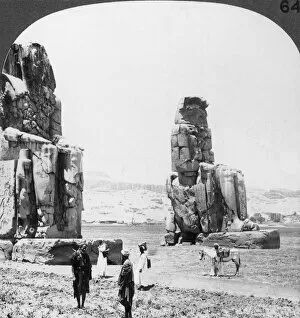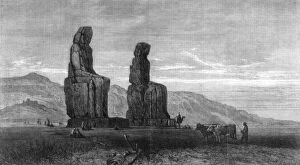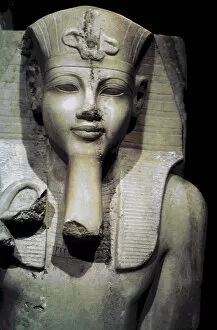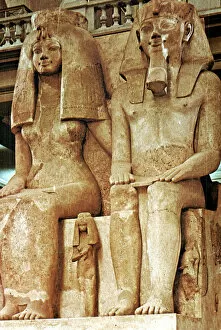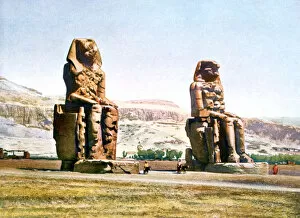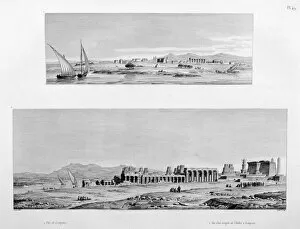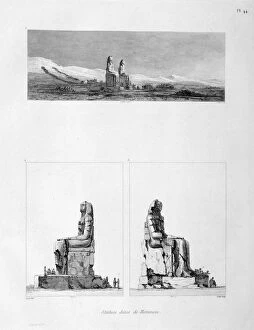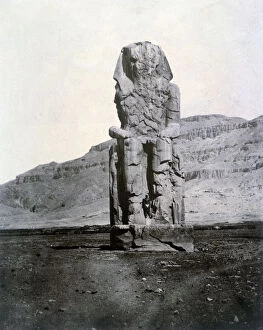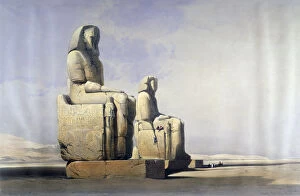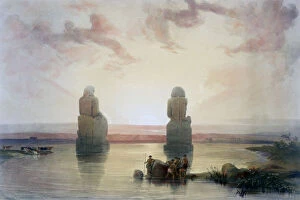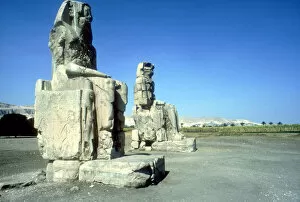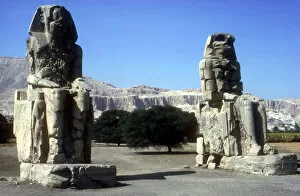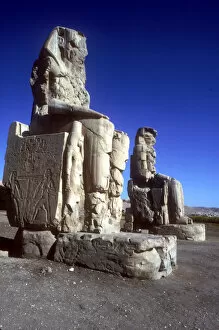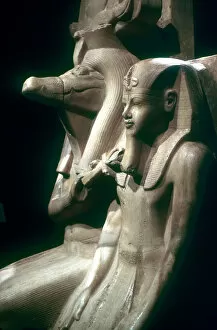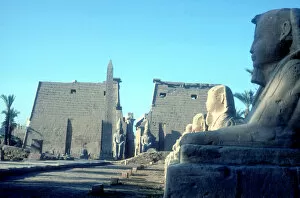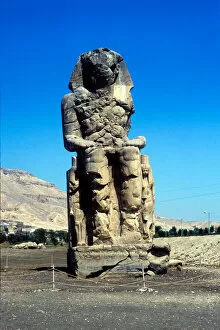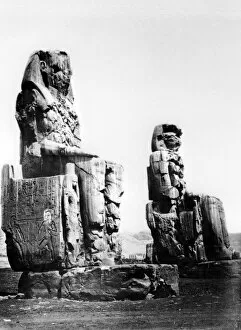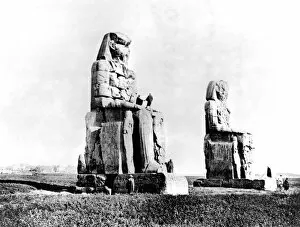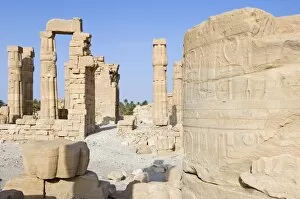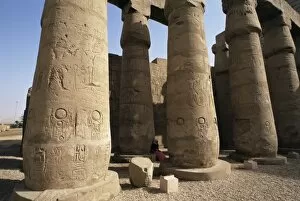Amenophis Iii Collection (#2)
Amenhotep III, also known as Nebmaatre, was a prominent pharaoh of the New Kingdom in ancient Egypt
For sale as Licensed Images
Choose your image, Select your licence and Download the media
Amenhotep III, also known as Nebmaatre, was a prominent pharaoh of the New Kingdom in ancient Egypt. He ruled during the 18th Dynasty and left behind an impressive legacy that is still celebrated today. One of his notable connections was with the powerful goddess Sekhmet, who was often depicted as a lioness or a woman with a lion's head. This divine connection symbolized Amenhotep III's strength and authority as a ruler. The stoic columns from Luxor, Egypt, created by Viet Chu, stand tall and proud like Amenhotep III himself. These magnificent structures serve as reminders of his grandeur and architectural achievements. The Eye of Horus (Wedjat) amulet found in Egypt during Amenhotep III's reign represents protection and good health. It showcases the pharaoh's belief in divine intervention and his desire to safeguard his kingdom. A stunning ring bearing the inscription "Nebmaatre is the Lord" further exemplifies Amenhotep III's power and influence over Egypt during this period. This precious artifact serves as evidence of his royal status. Scarabs were popular symbols during ancient Egyptian times, representing rebirth and regeneration. The scarab featuring Nebmaatra (Amenhotep III) alongside Queen Tiye signifies their strong partnership in ruling over Egypt together. Another scarab displays a cartouche with a standing king—an emblematic representation of Amenhotep III himself—highlighting his significance within Egyptian society at that time. Plaques dedicated to Amun Re, God of Praise, demonstrate Amenhotep III's devotion to religion and reverence for deities worshipped throughout Thebes—the capital city he ruled over. Fifteen scarabs on another plaque pay homage to Amunhotep—a name combining both Amun Re’s divinity along with Pharaoh’s own identity—showcasing how closely intertwined they were perceived to be.

